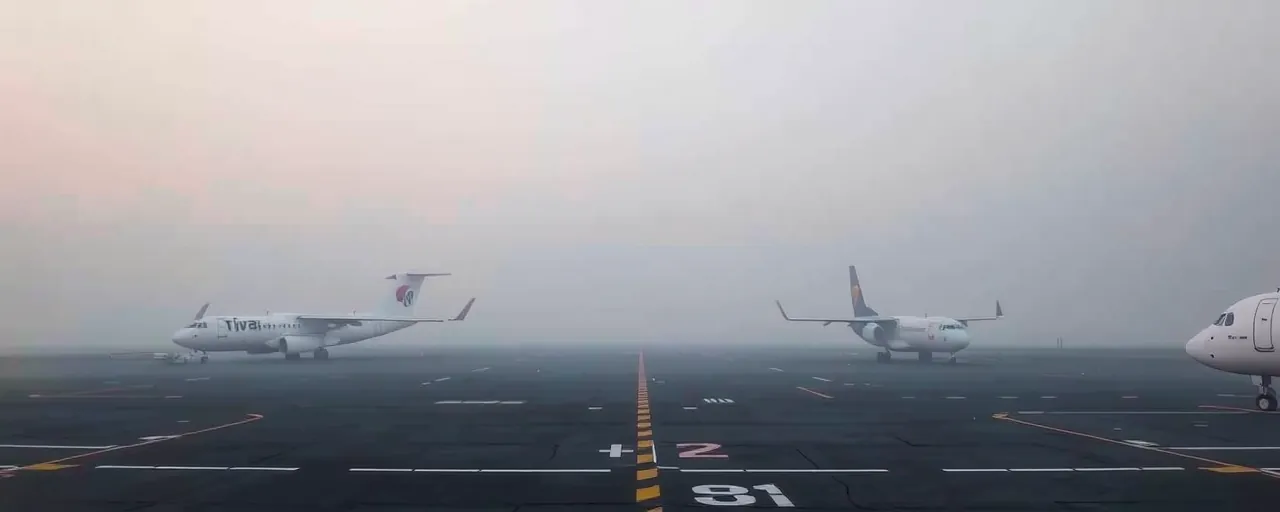Chaos in the Control Tower
On April 28, 2024, air traffic controllers at Newark Liberty International Airport confronted a crisis. Radar screens blinked out for 90 seconds, and radio connections to pilots vanished. Controllers had to guide planes without real-time information, a high-pressure task that pushed some to take trauma leave. The failure, tied to a software glitch in aging equipment, disrupted over 1,000 flights and led United Airlines to cancel 35 daily round trips.
Passengers faced hours of delays and scrambled itineraries, while the incident exposed broader weaknesses in the U.S. air traffic control system. A week of chaos followed, with ripple effects across the region. The event raised urgent questions about the reliability of technology that millions depend on daily.
A System Showing Its Age
The technology behind U.S. air traffic control is struggling to keep up. Many radar systems and control towers, some over 40 years old, are nearing the end of their lifespan. A 2023 FAA report labeled 37% of its 138 systems unsustainable, with 39% more at risk. Efforts to modernize, including the NextGen program for advanced radar and navigation, have been delayed from 2025 to 2030.
Funding shortages and bureaucratic hurdles slow progress. Unpredictable budgets and strict procurement rules hinder the adoption of cutting-edge tools. Unlike Canada’s streamlined, user-funded Nav Canada system, U.S. operations face competing demands from airlines, regulators, and controllers, stalling critical upgrades.
When Systems Fail, Risks Rise
A single outage can have far-reaching impacts. During Newark’s 90-second blackout, controllers rerouted planes in tight airspace, increasing the chance of errors. Recent events, including a January 2025 midair collision over the Potomac that claimed 67 lives, underscore the dangers of system failures. Near-misses in cities like Chicago and Washington add to the concerns.
Beyond safety, disruptions hit the economy hard. Airlines lose millions to delays and cancellations, while freight schedules and emergency services face delays. Major hubs like Newark, critical to regional networks, amplify these effects when technology falters, leaving entire systems vulnerable.
Eroding Confidence in the Skies
Air travel remains remarkably safe, with the odds of a fatal commercial crash now at one in 13 million. Yet public trust is wavering. After recent outages and crashes, online conversations about aviation incidents surged 200%, and fear-of-flying sentiments rose 72%. Polls reveal declining faith in federal agencies, especially among younger travelers and women.
This disconnect between statistics and sentiment creates challenges. Airlines must reassure wary passengers while managing operational strains. The FAA, responsible for both safety and system operations, faces growing pressure to deliver reliable performance amid modernization delays.
Searching for Solutions
Lawmakers and experts are debating how to strengthen the system. Some, including Transportation Secretary Sean Duffy and House Transportation Committee members, support a $15 billion investment to overhaul radar, telecommunications, and staffing. They see it as vital to ensuring safety and global competitiveness. Others propose creating a nonprofit air traffic control entity to stabilize funding and streamline decisions.
Different voices advocate redirecting aviation taxes, like ticket revenues, to fund upgrades and prioritize controller training. They emphasize keeping air traffic control public to ensure equitable access and national security. Both perspectives share a common goal: preventing future failures through smarter investments.
Strengthening the System
Resilience is critical to avoiding repeats of Newark’s outage. Backup systems, such as redundant sensors and secure communications, can keep operations running during failures. Flexible staffing and rapid-response protocols help systems recover quickly. Emerging tools, like digital simulations, allow planners to anticipate risks, from cyberattacks to extreme weather.
The Newark incident highlighted the fragility of interconnected transportation networks. For passengers, businesses, and policymakers, the challenge is clear: invest in robust, adaptable systems to ensure safe, reliable air travel for years to come.
